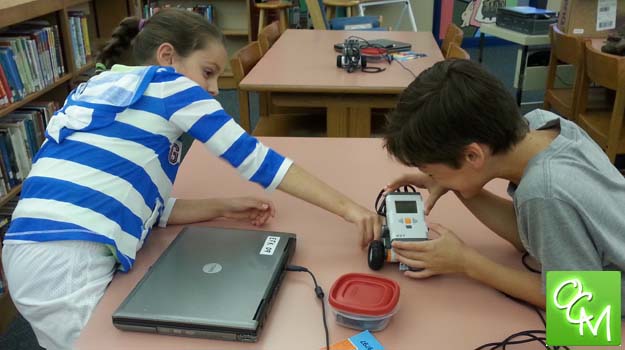The importance of back to school student eye exams and tips and advice for how to spot a child who may need an eye exam from the Michigan Optometric Association (MOA).
Michigan optometrists say student eye exams can be the key to success in the classroom. Children across the country are gearing up for a new school year. But before heading back to the classroom, the Michigan Optometric Association (MOA) recommends a visit to the optometrist to ensure academic success.
“Because a child’s vision may change frequently, regular eye and vision care is critical to a student’s learning,” said Dr. Jennifer Lintz, O.D., MOA member. “Unfortunately, most parents are not including eye exams as part of their child’s back-to-school health check-up.”
Reading, writing and computer work are among the visual skills that students are required to perform daily. However, studies show that 86 percent of children start school without ever having an eye exam.
Many experts believe that approximately 80 percent of learning comes through a child’s eyes. Despite the correlation between vision and learning, many Americans underestimate the number of children affected by eye and vision problems. According to a American Optometric Association’s American Eye-Q® survey, which assesses public knowledge related to eye and visual health, 88 percent of respondents did not realize that one in four students have a visual impairment.
According to the survey, 58 percent of parents did not take their child for student eye exams until age three or older. The MOA recommends children have their first eye assessment at six months of age, then comprehensive eye exams beginning at age three, before a child enters school and then every two years, unless otherwise advised by an optometrist. In between visits to the eye doctor, parents, as well as teachers, should keep a watchful eye out for some of the more prevalent signs that a child’s vision may be impaired.
The MOA recommends Back to School Student Eye Exams if their child frequently
- Loses place while reading
- Avoids close work
- Tends to rub eyes
- Has headaches
- Turns or tilts head
- Makes frequent reversals when reading or writing
- Uses finger to maintain place when reading
- Omits or confuses small words when reading
- Consistently performs below potential
- Struggles to complete homework
- Squints while reading or watching television
- Has behavioral problems
- Holds reading material closer than normal
Many parents are not as aware of the less obvious warning signs of eye and vision problems. The Eye-Q survey found that only one-third of parents identified using a finger while reading (31 percent) or behavioral problems (35 percent) as potential signs of a vision impairment.
“If a child’s vision is impaired, increasing visual demands such as smaller print in textbooks or additional homework can significantly alter a student’s performance,” said Dr. Lintz. “New technology in the classroom, such as the use of interactive whiteboards, can also potentially aggravate less obvious vision problems. Without healthy vision, students may suffer not only in the classroom, but also mentally, physically and emotionally.”
Studies indicate that 60 percent of children identified as “problem learners” actually suffer from undetected vision problems and in some cases have been inaccurately diagnosed with attention deficit disorder (ADD) or attention deficit hyperactivity disorder (ADHD).
The earlier a vision problem is detected and treated, the more likely treatment will be successful. It is important to keep in mind that while a school vision screening is helpful, it is not a substitute for a comprehensive eye exam by an optometrist.
For more info on Back to School Student Eye Exams, please visit www.themoa.org.


